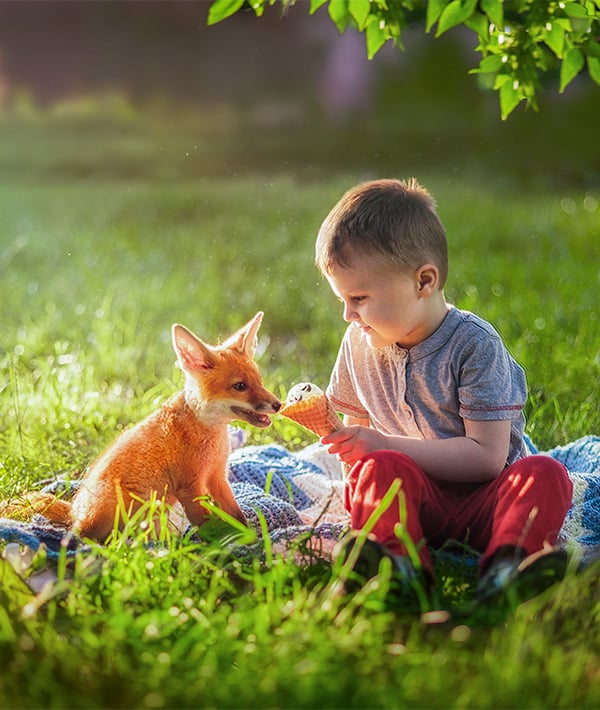
The word "pet" evokes images of cats curled up on laps, loyal dogs fetching sticks and furry rodents running on wheels. Even with the occasional bird, reptile or arachnid mixed in, pets are pretty predictable for the most part. But as the popularity of exotic pets grows, more animal lovers are legally welcoming formerly wild creatures into their homes. Read on to see what surprising animals from the wild outdoor world are becoming domesticated and adored by pet owners.
Foxes
Foxes are starting to slink their way into homes. In 1959, a Soviet geneticist started researching domestication by breeding foxes. A half century later, the work continues in Siberia at the Institute of Cytology and Genetics. Several generations into the project, the foxes currently at the institute act similarly to dogs. They require a significant amount of extra work, but are available to bring home. Still, getting a pet fox isn't as easy as dropping by an animal shelter. These pets cost $8,000, and to obtain one you must be approved by the institute's importer. (Pop Sci)
Wallabies
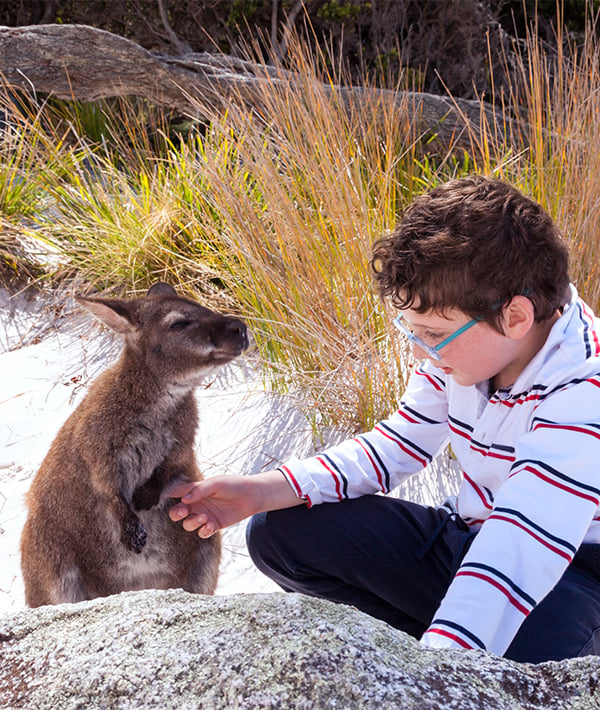
Smaller species of wallabies are becoming increasingly popular pets in their native country of Australia. While the animal is relatively well-behaved, owners must be prepared for the differences that come along with these animals. The marsupials require a large and secure yard in which to run and hide. Wallabies have a variety of strange behaviors, such as salivating, paw-licking and food regurgitation. It is important for wallaby owners to know the differences between troublesome behavior and normal behavior for these creatures. (About.com)
Capybaras
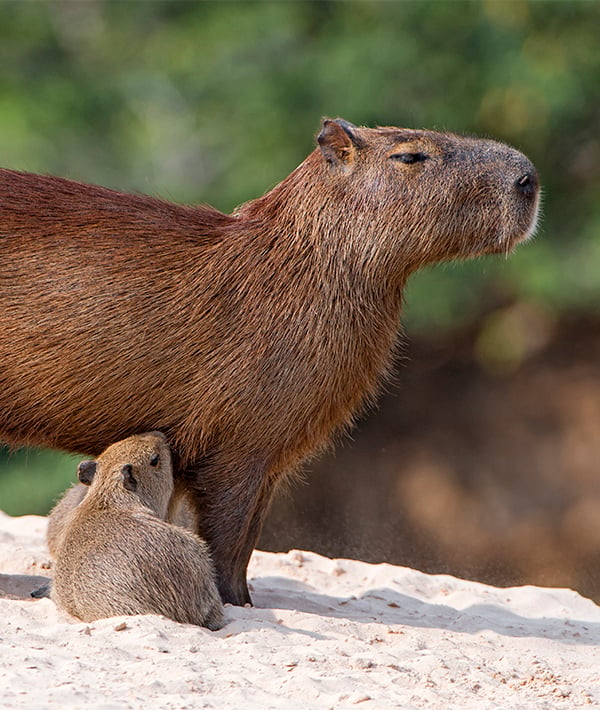
Before considering a pet capybara, it is essential to check that they are legal in your area. From there, bringing this animal into your home is all about dedication. These intelligent, caring and large rodents can be rewarding pets, but come with heavy costs due to the food, swimming pool and shelter needed to keep them happy and healthy. Capybaras have only become domestic animals recently, which means many of their survival instincts are still strong, causing them to occasionally bite when they feel threatened. Overall, these rodents are extremely affectionate, with some of them even adopting abandoned animals of different species.
Skunks
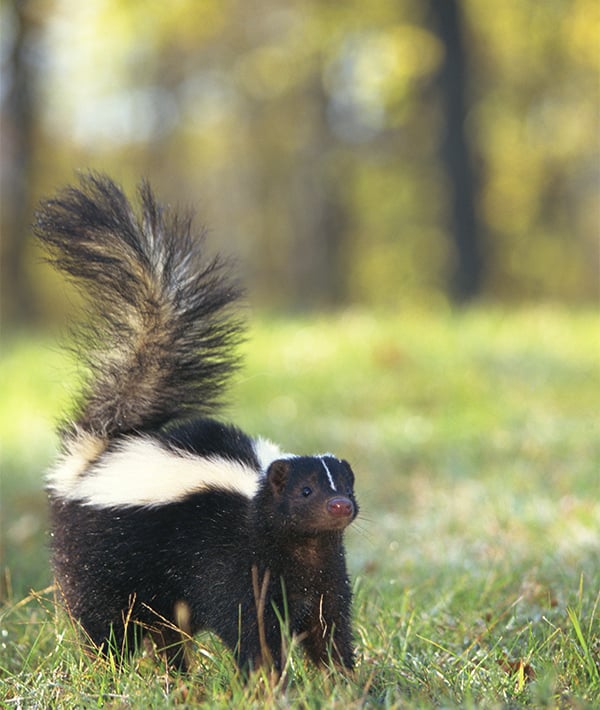
Currently, pet skunks are allowed in only 17 states. The domestic version of this animal is raised in captivity and is de-scented, so there is no risk of getting sprayed. Skunks may seem like little stinkers, but these pets are extremely affectionate, active and curious. If these animals are left alone too long without stimulation, they can become destructive, thanks to their long claws. It is necessary for skunk owners to keep their pets inside the house. Domestic skunks do not know how to forage for food and do not have the same capabilities as cats and dogs when it comes to finding their way home. While many fear pet skunks for the possibility of rabies contraction, it is actually easier for a cat or dog to contract rabies than a skunk. (PBS)
Axolotls
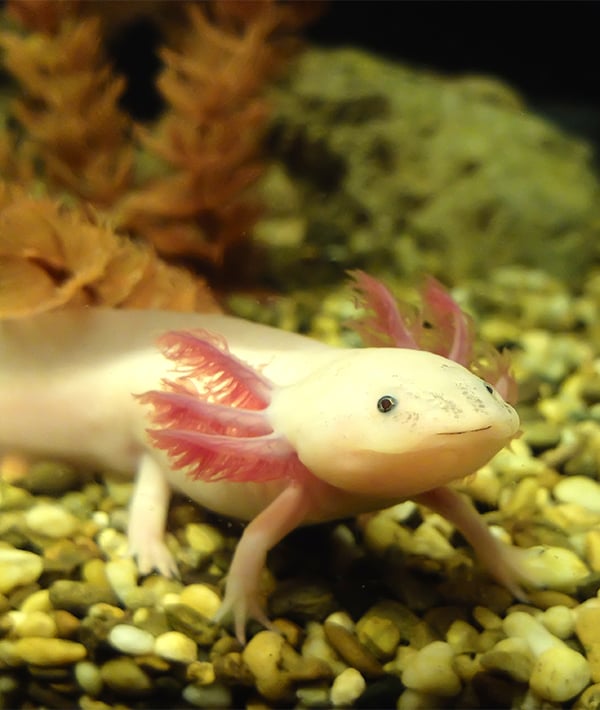
The strange but also sweet face of the axolotl is swimming into more homes. This critter is a type of salamander native to Mexico. Similar to fish, axolotls are pets meant for observation, not play. These salamanders have delicate skin that does not do well with handling. Instead axolotls prefer to have a large, cool tank with a gravel bottom all to themselves. If owners are attentive to their pet's water quality and diet, these animals can live 10–15 years. It helps that they have amazing regenerative abilities. Axolotls are able to heal rapidly and even regrow limbs. (About.com)
Genets
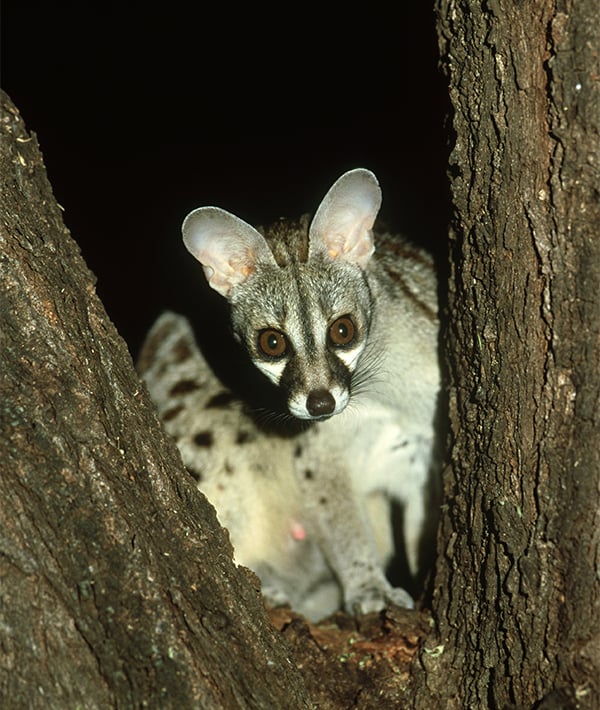
These cat-like critters have lived as pets since the Middle Ages, used in Africa and Europe to control rodent populations. The animal recently had a resurgence in popularity, especially with owners in Asia and the U.S. Many choose the genet as a pet because captive-breeding transformed the wild animals into a social, sweet and relatively easy-to-care-for creature. Genets do need extra room in which to run around and release energy, and they should never be kept with birds or small rodents, because while the domestic genet is now socialized, it cannot always ignore its predatory instincts. (Right Pet)
MORE: 11 Cats in Onesies
Fennec Foxes
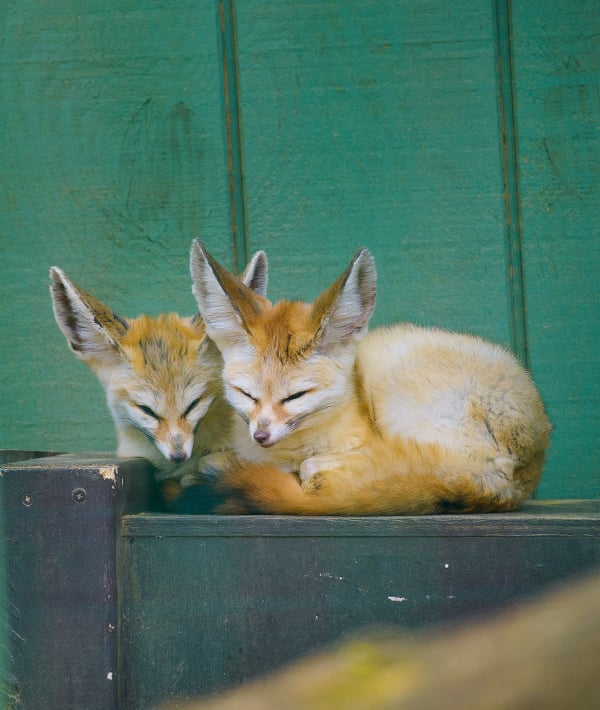
Big-eared and bright-eyed, it's hard not to fall for a fennec fox. These animals are allowed in many areas as exotic pets with the right vaccines and permits. Unlike some of the other animals on this list, the fennec fox still has quite a wild side. Fennec foxes are escape artists with a love for digging, which means these pets need to be kept in locked cages when they are not under direct supervision. Additionally, these animals are nocturnal and can cause quite a few sleepless nights for owners. (eHow)
Sugar Gliders
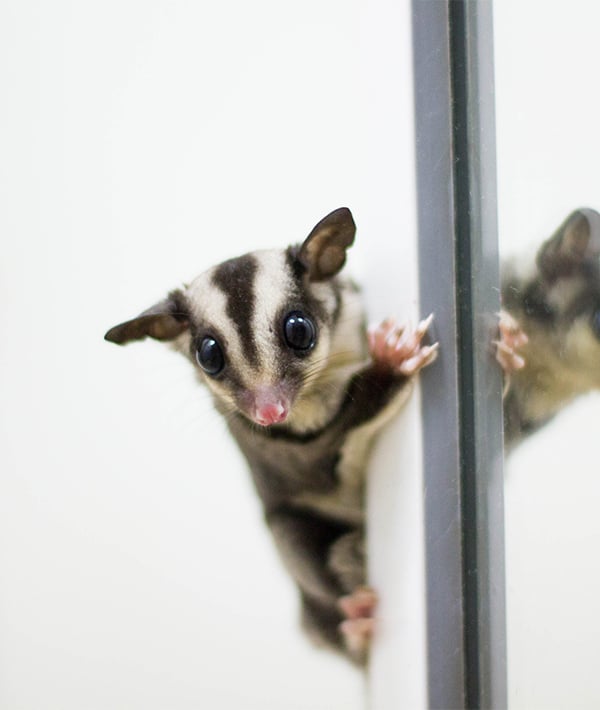
The sugar glider is a small type of possum that can make an affectionate and fun pet, if cared for correctly. Sugar glider owners need a permit to own this exotic pet, as well as some extra space. These animals usually live in tree hollows, so they require tall, vertical spaces, as well as sleeping boxes and room to fly in order to be truly happy in a home. Prospective owners may want to get two sugar gliders, since these animals enjoy socializing and can become lonely or violent without enough attention. These pets are also vocal and nocturnal, which can be a bad combination if you keep their habitat by your bedroom. Owners who put in enough research and dedication find that sugar gliders make sweet, silly and loyal companions.
MORE: 21 Classic Cartoon Cats
Serval Cats
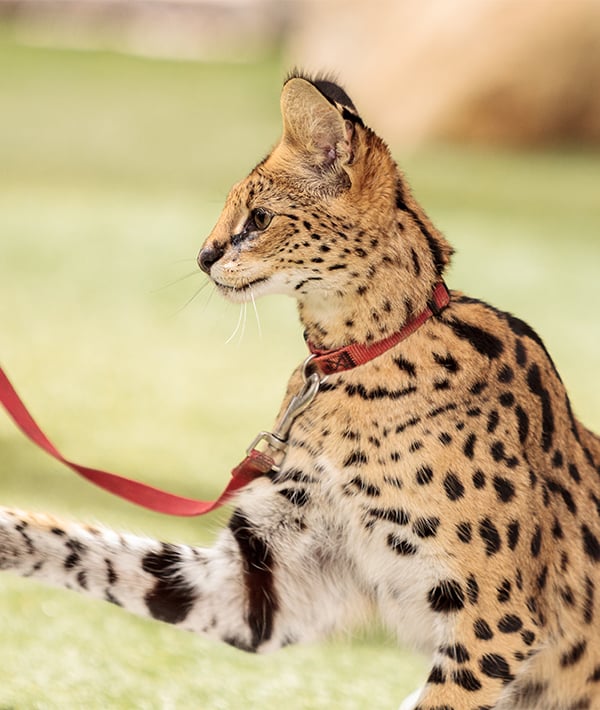
While these cats look deceptively cute, they are wild animals. Servals can be found in the grasslands of Africa, and now in people's homes. Unlike Savannah cats that have been domesticated to some extent, serval cats are true wild creatures. This can pose challenges to those who decide to take the animal on as a pet. Serval cats will continue to spray, jump, hunt and climb in your home like they would in nature. Experts warn against adopting a serval cat unless you have the experience, space and patience necessary to take on the task. (Pets Adviser)



